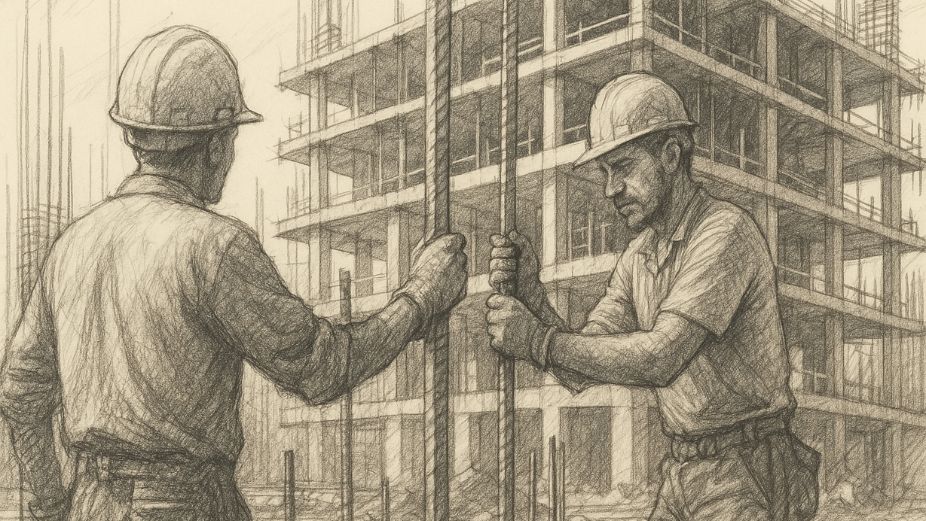
The construction sector in the Maldives continued its decline for a fourth consecutive quarter in Q1 2025, according to the latest Quarterly Business Survey published by the Maldives Monetary Authority (MMA). Despite rising price pressures and cautious optimism on employment, activity in the sector remains subdued as firms report falling orders, weak financial performance, and persistent credit constraints.
The index measuring the volume of construction activity fell further to -46, reflecting deepening contraction. Order books remained in negative territory at -24, though they showed a mild improvement compared to the previous quarter. These figures point to sluggish demand and a weak project pipeline heading into the second quarter of the year.
Employment in the sector also saw continued cuts, with the number of employees index declining to -34, underscoring the sustained slowdown. However, 92 percent of respondents indicated no change in wages, and the labour cost index remained slightly positive, suggesting that workforce reductions are being implemented conservatively.
Input prices stayed elevated despite a slight easing, with a positive index of 52, while prices charged for construction services increased sharply, jumping 25 points to 35. This indicates that even as construction costs remain high, some firms are raising their rates—likely in an attempt to protect margins in a shrinking market.
Looking ahead to Q2 2025, businesses appear uncertain. The outlook for construction activity dropped to zero from 30, and the index for expected orders remained negative. Capital expenditure plans have taken a hit as well, turning negative for the next quarter at -21. Nonetheless, a slight uptick in expected employment to +1 and a moderate improvement in expected prices charged suggest that firms are still trying to stay competitive despite a challenging operating environment.
One of the sector’s most pressing issues continues to be access to finance. Although the credit access index improved slightly to -34, businesses still regard conditions as tight. The construction sector was the only one where firms did not expect credit conditions to worsen further in Q2, but they also did not anticipate any relief.
The financial situation of companies in the construction industry remains weak. Although slightly less negative in Q1 2025, the index remained at -18, while expectations for the next quarter also showed a sharp drop in optimism, falling 33 points to +30. Similarly, the outlook for the overall business situation dropped to just +1.
Despite rising construction prices and marginal employment optimism, the broader indicators suggest that the industry is still in a precarious position. With declining capital spending and poor order volumes, sustained recovery in the sector may depend on stronger policy support and renewed project pipelines in the quarters ahead.












